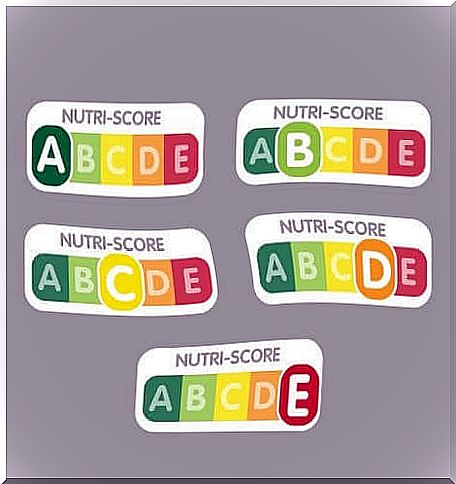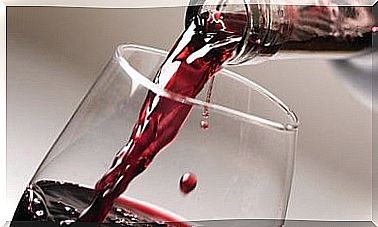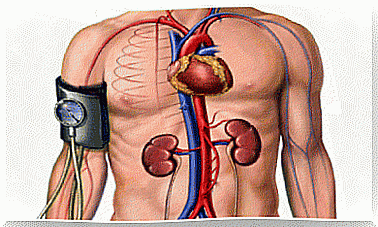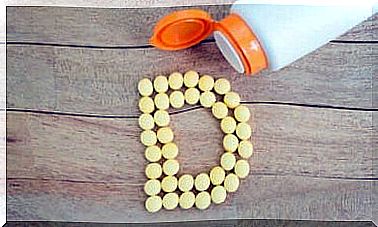The Nutri-Score: The New Nutritional Labeling
The Nutri-Score has a series of limitations in practice. However, this is a great initiative to compare foods of the same type.

Nutri-Score is a new nutritional label that rates foods according to their safety. Find out more about this system.
The evolution of Nutri-Score
The algorithm that serves as the basis for Nutri-Score was created in 2005 by a team of researchers from the University of Oxford with the aim of regulating advertising aimed at children.
Later, in 2015, observing that its application to certain products gave results incompatible with the nutritional recommendations of public health, the Superior Council of Public Health of France established the criteria to arrive at an algorithm that gives consistent results for n ‘any product.
The last modification took place a few months ago and it is Spain which is “guilty” of it. The Nutri-Score algorithm gave negative marks to olive oil even though it is a healthy product. Fortunately, France has taken the Spanish petition into account and removed olive oil from the list of products that should submit to Nutri-Score.

How does Nutri-Score work?
The end result is a simplified nutrition labeling system that seeks to educate consumers in a clear, simple and straightforward way.
Labeling is displayed on the front of each product, identifying it with a color ranging from green (healthier) to red (less healthy), passing through three intermediate options. In addition, each color is associated with a letter (AE) to help color blind people.

Nutri-Score: a good initial measure with limitations
In principle, the system is a very good option for selecting healthy foods without having great nutritional knowledge. Nevertheless, the system still has some limitations which, if we do not take them into account, could lead us to choose unhealthy foods thinking they are.
The Nutri-Score only applies to foods with more than one ingredient
This does not mean that foods that do not contain labeling are worse. On the contrary. However, if we don’t explain it well, we could easily read it the other way around: “if it doesn’t have a label, it’s worse than the others”.
The application of the new nutritional labeling is voluntary
For the moment, the application of Nutri-Score is voluntary and each company has the choice to display it or not on each of its products.
A priori, the fact that a company has chosen not to join the system is neither good nor bad. However, one could mistakenly think that the quality of their products is identical to that of foods that do not have a label because they should not have any (fruit, vegetables, eggs, etc.).
Coca Cola, PepsiCo, Nestlé, Mars, Unilever and Mondelez, in 2017, rejected the application of the Nutri-Score and decided to create the Evolved Nutrition Label (ENL). This is a three-color system which, after a quantitative analysis, gives a score per serving and not per 100 g. This explains why their products, despite their poor nutritional composition, get good marks.
Nutri-Score does not penalize the presence of any sweetener
Such a circumstance means that a diet soda , even if it is not healthy, is found in the same category as other products which are. The same thing happens with the watered down yogurts which score as high as their natural counterparts.
It should be remembered that the presence of artificial sweeteners is harmful for the intestinal microbiota because it alters its composition and its diversity. This is stated in an article published in the journal Food and Chemical Toxicology .
This reaffirms the idea that Nutri-Score is only useful for comparing different options from the same family (types of cereals), different products from the same brand (chocolate cereals from different brands) or different products that share an occasion for consumption (cereals, cookies, madeleines, etc.).
It does not highlight the presence of healthy fats
Even though monounsaturated fats have been shown to have a powerful cardioprotective effect and omega-3 a great anti-inflammatory effect, according to a study published in the journal Biochemical Society Transactions , their presence is not evaluated positively in the formula.
Nutri-Score does not take into account the quality of proteins
It seems that the quality of the proteins does not matter. Nutri-Score does not take into account their biological value (whether or not they consist of all essential amino acids) or their digestibility (amount of protein available for use by the body).
New nutrition labeling system could give inconsistent results
In practice, it seems that Nutri-Score can give inconsistent results. This happens when he gives a positive rating to certain cereals which, despite their enormous amount of sugar, contain a large amount of fiber.
Their high fiber content means that the end result tilts on the green side of the scale, when the reality is quite different. It is therefore again evident that Nutri-Score does not allow any kind of comparison.
A good initial measure that needs improvement
Nutri-Score is a good initial measure according to Public Health and its limits are not so serious as to deny it. In fact, a 2018 study with 12,000 subjects from different countries concluded that Nutri-Score was the best way to identify the healthiest option within a single category. Here are some recommendations for use:
- Real foods, even if they don’t have a label, will always be the best option.
- Do not use this system for just any comparison but to compare different options at the same product or family level (different types of cereals or drinks, for example) or to compare different products attributable to the same occasion (cakes, snacks for a birthday party, etc.).
- If you have to choose between natural or sweetened, always go natural, no matter what the label says.









